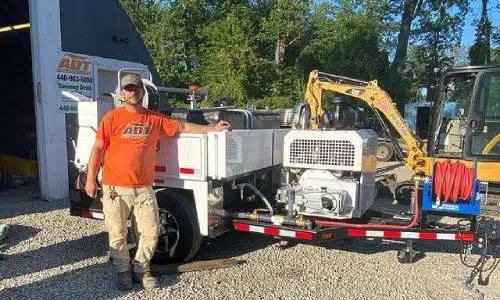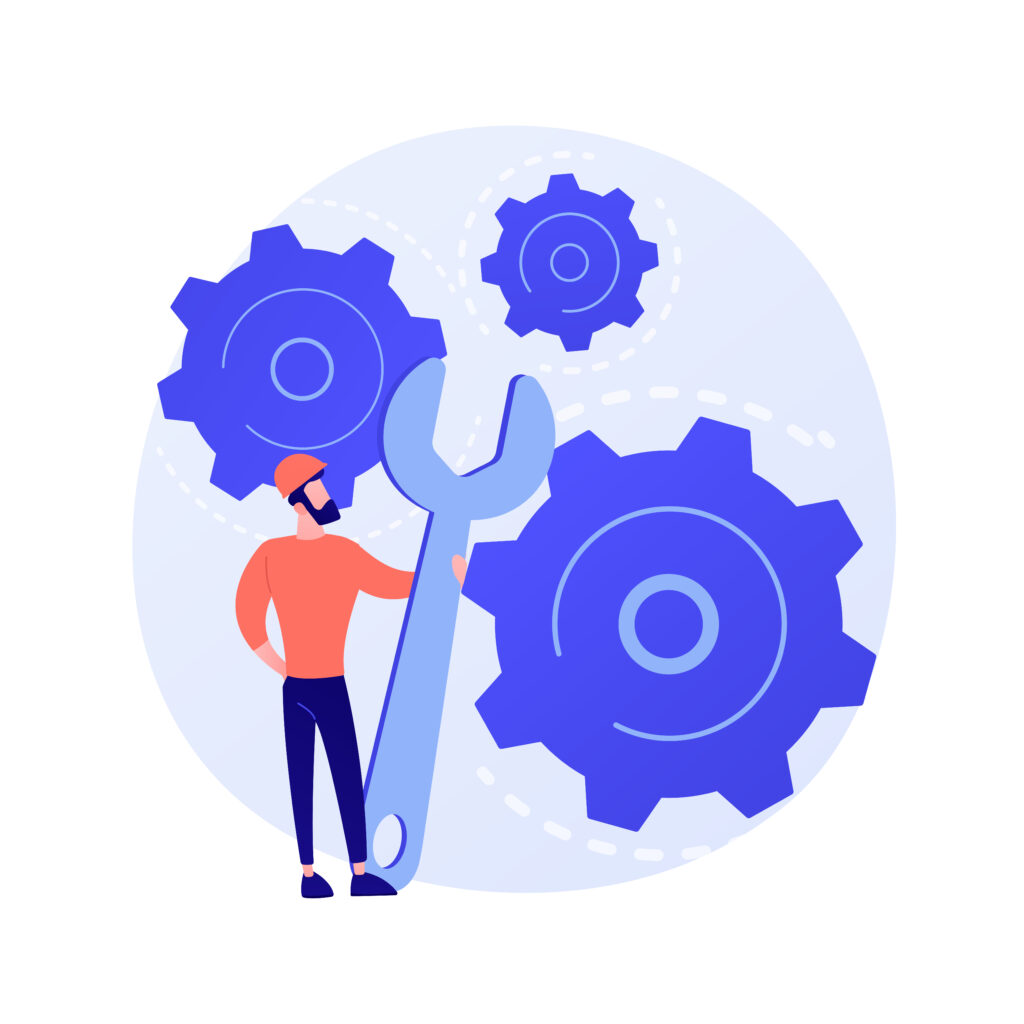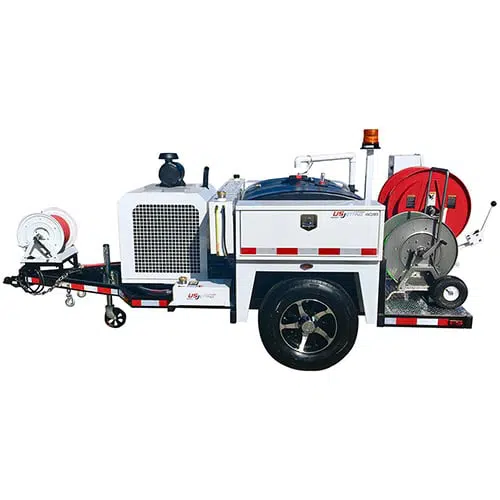
It’s the Most Wonderful Time of the Year…To Check Your Pump
As we head into winter, it becomes increasingly important to regularly service and maintains your jetting unit, so your jetting company doesn’t have to contend

Home » Maintaining Your High-Pressure Hydro Jetter
One of the most critical determinants of the lifespan of a high-pressure water jetter is proper maintenance. Like any equipment, they need regular maintenance to ensure they operate effectively.
Below are suggested regular maintenance tips that will keep your sewer jetterr unning successfully.
Water filters being filled with debris are the most common causes of pressure loss or in extreme cases, pump damage. There are two filters to prevent this – the sock filter located inside the water tank lid, and the plastic water filter “T” that is situated where water feeds into the pump. Both can easily be cleaned by removing and cleaning by hand. This is something that should be done daily.
All jetting machines require fluid filter services, but the interval requirements are different for each engine. The vast majority of US Jetting machines have Tier 3 or Tier 4 Hatz engines which require the following jetting services.
Tier 3 fluid filter change – after first 50 hours, then every 250 hours or once a year (whichever comes first)
Tier 4 fluid filter change – after first 50 hours, then every 500 hours or once a year (whichever comes first)
You may be able to do these yourself or you can bring your machine in for our jetting machine services offered at the Georgia or California office, or at various dealers located around the US.
Various components should be inspected, and below is a (non-exhaustive) guideline for what to check and how often.
Check your pump mounting and adjustment bolts – tighten them once a month to protect your belt from getting loose and shredding as a result
Check frame for any cracks
Check brakes (when applicable) by hooking trailer to a truck and verifying they are stopping appropriately
If you have hydraulic brakes, check your hydraulic reservoir to ensure it is still full of liquid
Check safety chains for any weak or worn areas
Nozzles play a crucial role in the performance of your hydro jetting machine. Since nozzles are regularly working in debris, they can become clogged which can cause your hydro jetter to spike in pressure. This is particularly likely when working with fine debris such as sand or sludge.
To clean your jetter nozzle, use the appropriate tip cleaners. Enz nozzles all have ceramic inserts and therefore must only be cleaned with ceramic tip cleaners. Most other nozzles, such as Warthog nozzles, all have steel inserts that can be cleaned with standard tip cleaners.
High-pressure hoses are a crucial component required for high-pressure water jetting. Therefore, it is imperative to keep them in the best shape possible. Always use recommended safety gear such as tiger tails, manhole protective rings, and leader hoses to extend your hose’s lifespan. In addition, regularly inspect the hose for any wearing points, kinks, or rips.
The lifespan of a hydro jetting machine is hugely based on the care and maintenance provided for it. Extend the life of your machine by following the manufacturing guidelines listed in your manual.
If you need assistance with your jetting machine services, give us a call today!
In addition to providing jetting service across the US, we also offer sewer jetters for sales and sewer jetter rentals. Ask your USJ representative for more details.

As we head into winter, it becomes increasingly important to regularly service and maintains your jetting unit, so your jetting company doesn’t have to contend

Having spent a few years as a jetting contractor and manufacturing hydro jetting units for the last 35 years, I have come across all sorts

Main Office:
850 McFarland Pkwy, Alpharetta, GA 30004 Local: 770-740-9917 | Fax: 770-740-0297
California Location:
13571 Larwin Circle, Santa Fe Springs, CA 90670 Sally Woodhead: 404-936-1718 | 562-376-4656